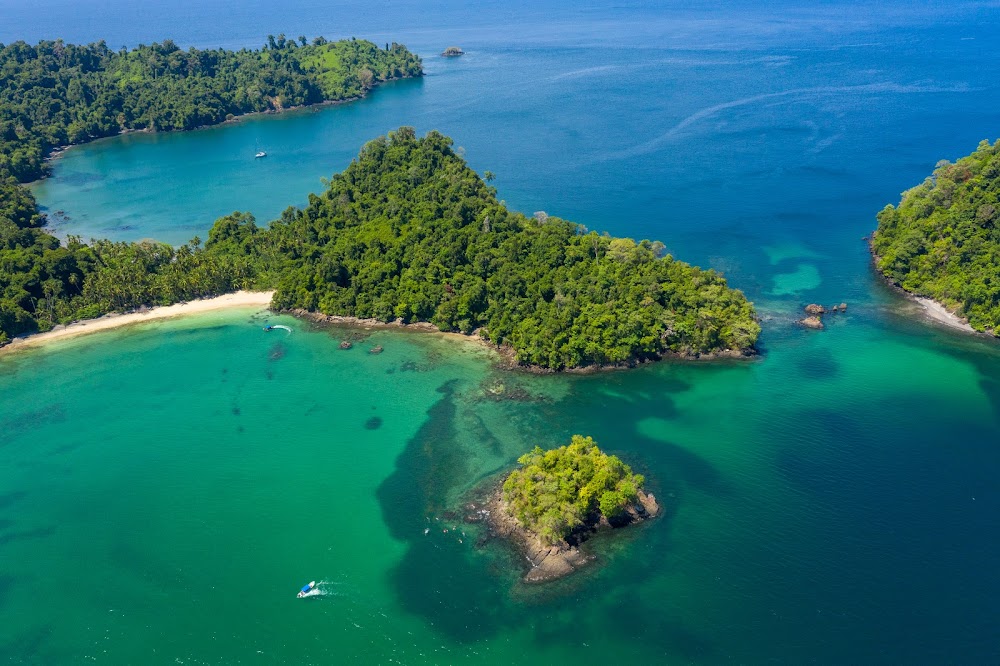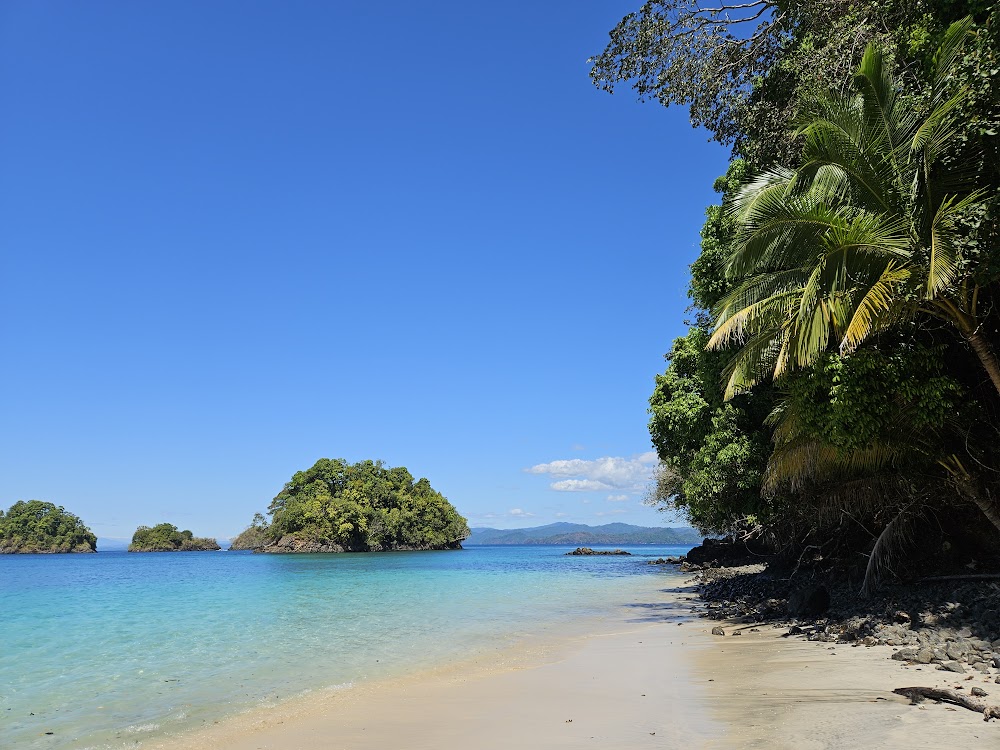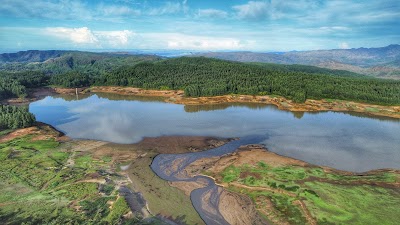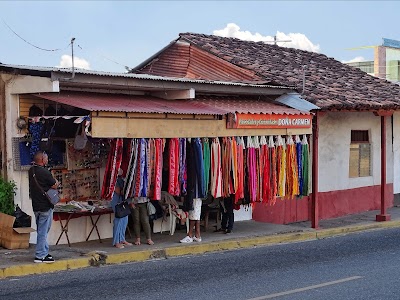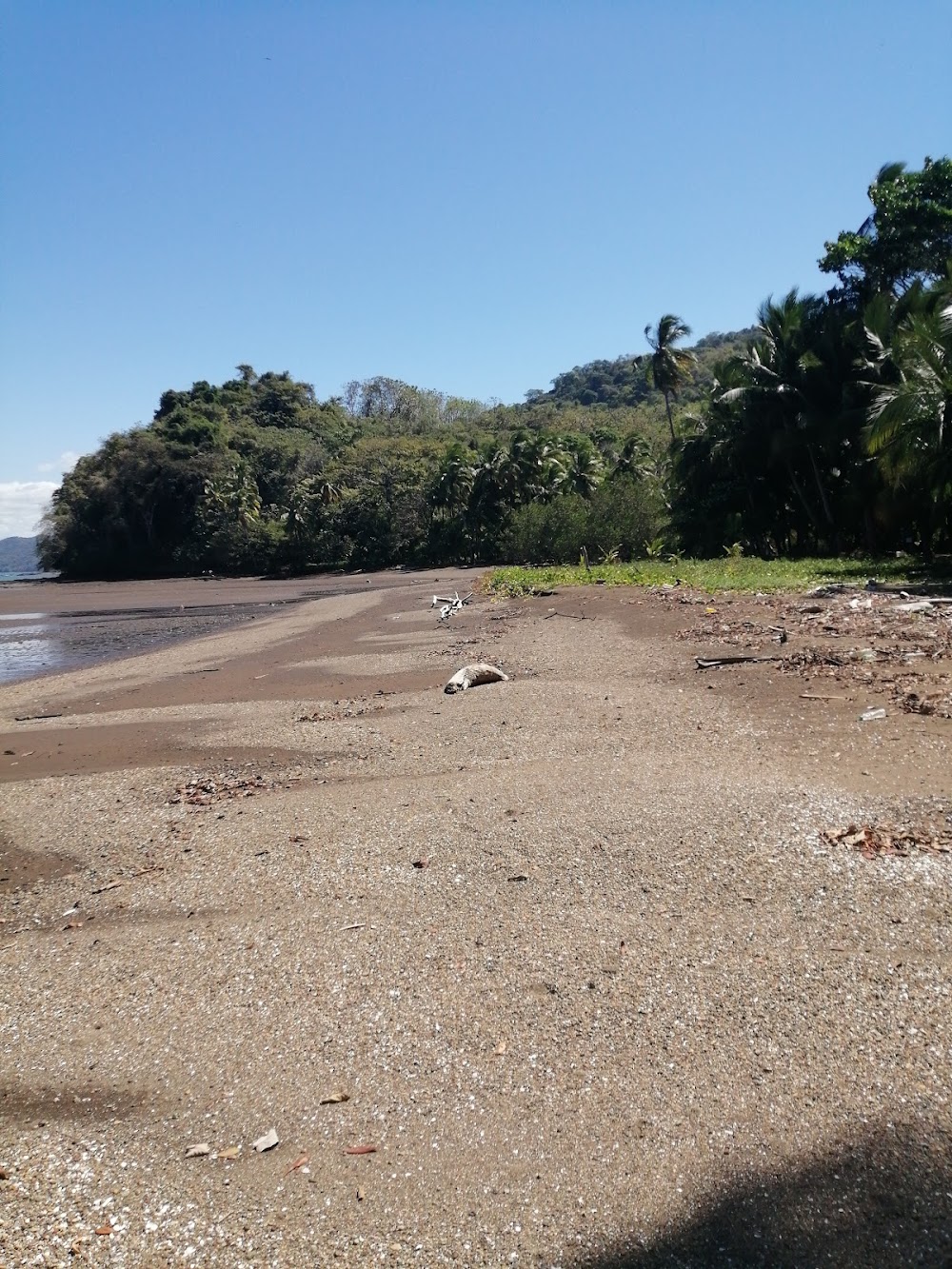Coiba National Park (Parque Nacional Coiba)
Overview
Discovering Coiba National Park
Parque Nacional de Isla Coiba, or Coiba National Park, is a breathtaking natural reserve nestled in the Gulf of Chiriquí, within Veraguas Province, Panama. This tropical paradise encompasses Coiba Island, the largest island in Central America, along with 38 smaller islands and islets. Known for its rich biodiversity, stunning marine life, and lush forests, Coiba National Park is a must-visit destination for nature lovers and adventure seekers alike.
A Rich Historical Tapestry
The park's history dates back centuries, with Coiba Island originally inhabited by indigenous groups. However, the arrival of Spanish colonizers displaced these communities. In 1919, the Panamanian government established a penal colony on Coiba Island, choosing this remote location as an ideal site for housing prisoners. For nearly 80 years, the prison operated in isolation, allowing the island's unique ecosystem to remain largely untouched.
A New Era of Conservation
A significant turning point for Coiba Island came in 1991 when the prison was closed. The Panamanian government recognized the ecological value of the island and its surrounding waters, leading to the declaration of Coiba National Park in 1992. This decision was driven by passionate environmentalists and scientists who emphasized the importance of preserving the island's unique flora and fauna.
Diverse Landscapes and Marine Wonders
Coiba National Park features a captivating landscape that includes dense rainforests, mangroves, and pristine beaches. Its waters are part of the Tropical Eastern Pacific marine corridor, providing a vital habitat for diverse marine creatures such as whales, dolphins, and sea turtles. The coral reefs surrounding the islands are bursting with vibrant fish and other marine life, making it a haven for snorkelers and divers.
Unique Wildlife and Conservation Efforts
One of the park's most remarkable aspects is its isolation, which has allowed many species to flourish. For instance, the Coiba Island Agouti, a small rodent, is found nowhere else in the world. The park also shelters several endangered species, including the striking Scarlet Macaw. In 2005, UNESCO recognized the park's global significance by designating it a World Heritage Site, attracting international attention and funding for conservation initiatives focused on protecting its ecosystems and promoting sustainable tourism.
Engaging Activities for Nature Enthusiasts
Coiba National Park offers visitors a unique opportunity to immerse themselves in nature. Popular activities include snorkeling, scuba diving, and hiking, with the park's rich coral reefs and crystal-clear waters ranking among the best diving spots worldwide. Well-maintained trails lead adventurers through dense forests, offering glimpses of the captivating wildlife that inhabits the area.
Preserving Natural Beauty
To safeguard the park's pristine environment, regulations are in place to manage visitor numbers and activities. Tourists must obtain special permits, and numerous areas remain off-limits to protect sensitive habitats. These measures help minimize environmental impact, ensuring that Coiba National Park retains its natural beauty for generations to come.
A Commitment to Conservation
The creation and ongoing preservation of Coiba National Park stand as a testament to Panama's dedication to environmental conservation. Through continued efforts, this extraordinary natural reserve remains a sanctuary for the diverse species that call it home, as well as a place of wonder for all who visit. Whether you’re seeking adventure or tranquility, Coiba National Park is an enchanting destination that promises unforgettable experiences.


